Eating out Gluten-Free With Confidence Navigating the Menu
Primal Edge Health participates in the Amazon Services LLC Associates Program and other affiliate programs and therefore, may collect a share of sales or other compensation from the links on this page. This comes at no additional cost to you, and all the prices and availability are accurate at the time of publishing.
Eating out can be a daunting experience for those with gluten sensitivities or celiac disease. However, with the proper knowledge and preparation, it’s possible to navigate menus and enjoy a stress-free dining experience while eating out gluten-free.
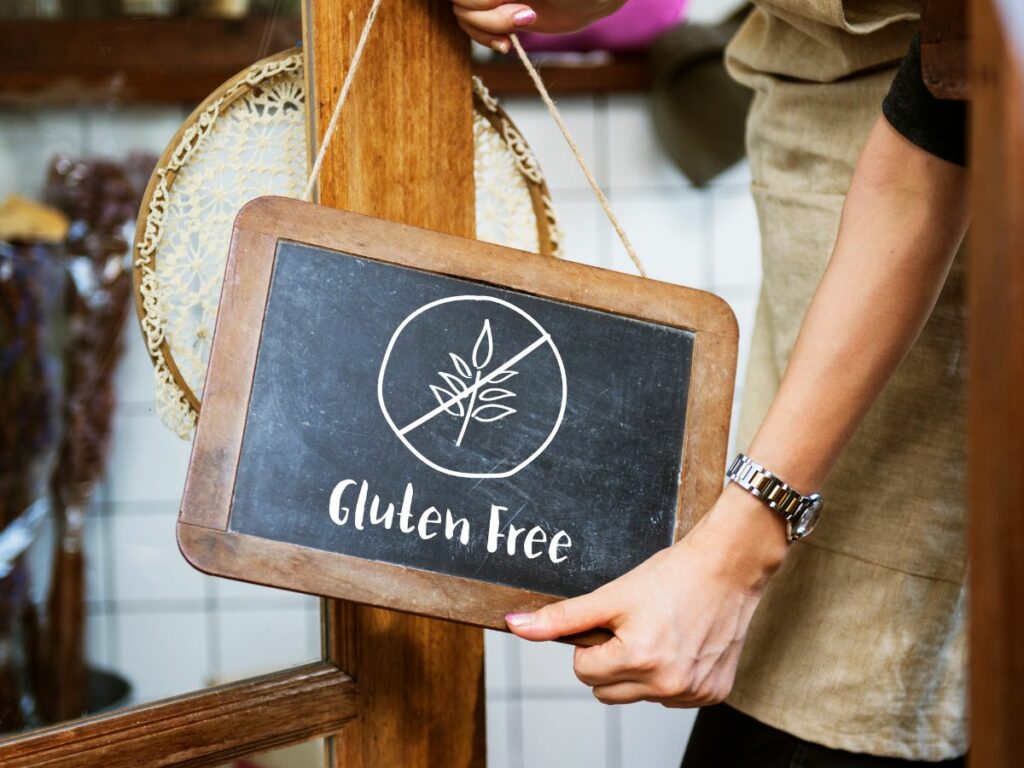
These tips are valuable for anyone following an elimination diet. All the principles here apply to diest like low-carb, dairy-free, nut-free and more.
Gluten is a protein found in wheat, barley and rye and is commonly used as a thickener or binder in many foods. This means that people who are gluten intolerant must be careful about what they eat when dining out.
Fortunately, many restaurants offer gluten-free menus or can prepare gluten-free meals upon request. Don’t be afraid to communicate your dietary needs clearly to the server or chef and to ask questions about the ingredients and preparation methods of the dishes you are interested in.
Table of Contents (click to view)
Identifying Gluten in Foods and Dishes
When eating out gluten-free, it is important to identify hidden gluten in foods and products. Look for dishes labeled gluten-free or ask the server if gluten-free options are available. Here are some ingredients and dishes that frequently contain gluten and should be assessed:
Wheat Flour
Wheat flour is common in many foods, including bread, pasta and baked goods. Look for products and dishes using alternative flours, such as almond or rice flour.
Soy Sauce
Soy sauce is usually made with wheat, but gluten-free options are available. Be sure to ask the server if gluten-free soy sauce is available.
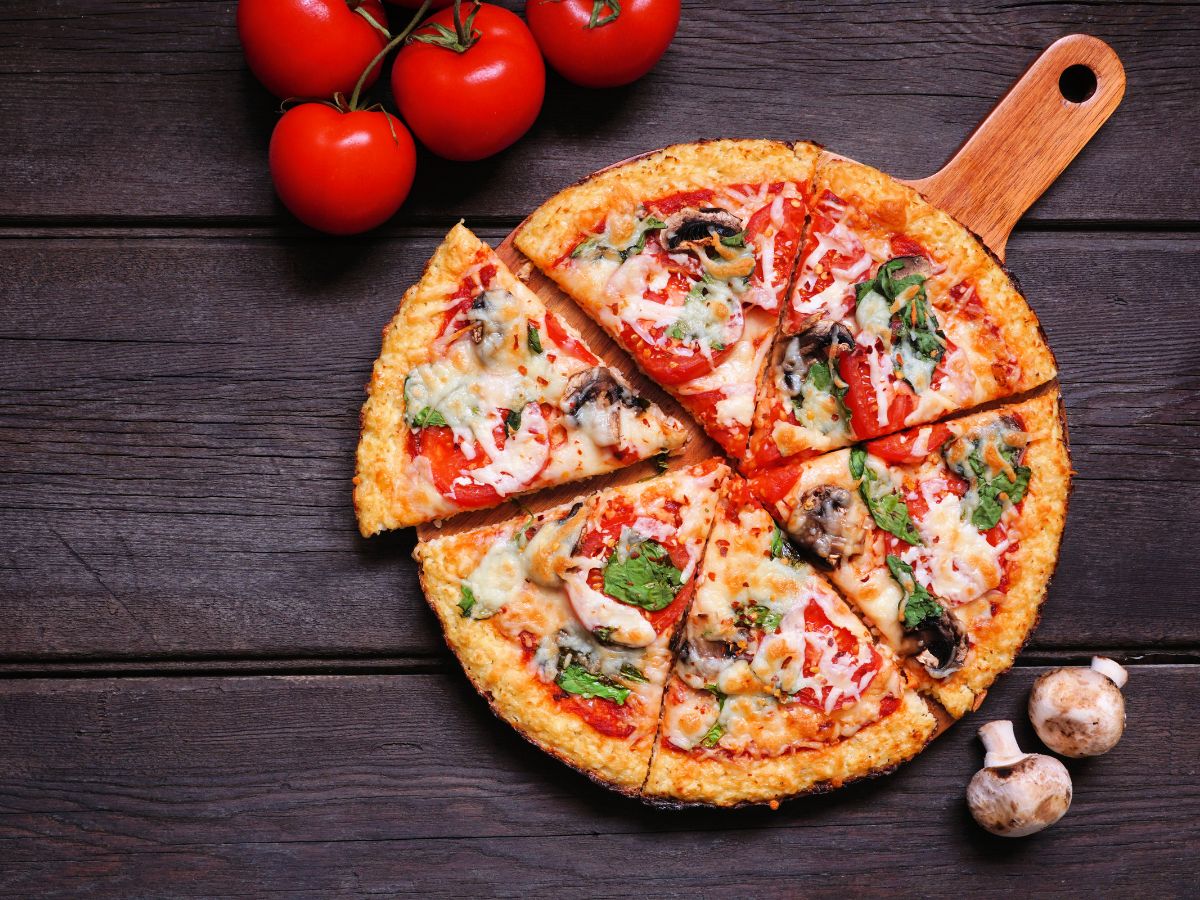
Pizza
Pizza is typically made with wheat flour, but gluten-free options are becoming more widely available. Ask the server if gluten-free options are available and look for crusts such as cauliflower pizza crusts, which are typically gluten-free.
Sauces and Dressings
Many sauces and dressings contain wheat as a thickener or flavoring agent. Ask the server if any of the sauces or dressings are made with gluten before ordering. Mustard, hot sauce, vinaigrettes and oil-based dressings, salsa, pesto, and barbecue sauce are all typically gluten-free.
Soup
Many soups are made with a roux that contains wheat flour. Be certain to have the server clarify the soup options on the menu before ordering. Tom kha gai soup, minestrone, lentil soup, and tomato soup are usually safe gluten-free choices.
“I always look at the menu prior to going to the restaurant to see if they have a gluten-free menu. When ordering, I make sure the server knows I am gluten free. Lastly, I always take gluten-free snacks with me in case I have to eat somewhere that doesn’t have gluten-free food.”
— Gena, Ginger Casa
Cakes and Baked Goods
Cakes and baked goods are typically made with wheat flour. Ask the server if gluten-free or flourless options are available.
Malt
Malt is made from barley and is not gluten-free. Avoid drinks such as malted milkshakes or malted beer.
Oats
Oats are naturally gluten-free but can be a significant source of cross-contamination if processed in a facility that also processes wheat products. Ask the server if the oats used in gluten-free dishes are certified gluten-free.
Oats can also be a source of lectins, an antinutrient quite similar to gluten in the way that it causes digestive issues, especially in people with IBS. Fortunately, removing lectins from oats is as easy as cooking them properly, so make sure that your oatmeal is never raw or undercooked.
Dairy
Dairy products like milk, cheese and yogurt are naturally gluten-free. However, some flavored dairy products may contain wheat as a thickener or flavoring agent. Look for menu items that are labeled as gluten-free or ask the server to make sure.
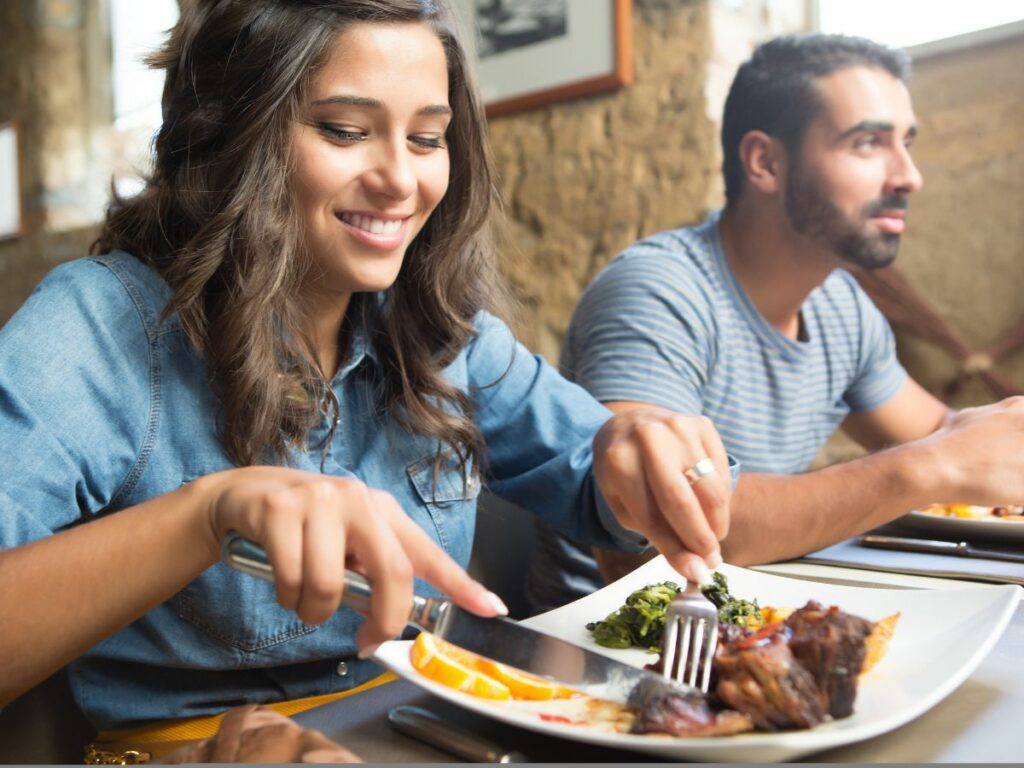
5 Tips for Eating out Gluten-Free
Living a gluten-free lifestyle is tricky, especially when you’re just starting out. However, don’t forget that there are a lot of accommodations for people with Celiac disease; there’s gluten-free makeup, gluten-free toiletries, and, of course, gluten-free food.
Eating out gluten-free can be a challenge, but with the right approach, it is possible to enjoy a safe and delicious meal. Here are a few tips to help you avoid food allergies while navigating restaurants and menus:
Research ahead of time: Before heading out to a restaurant, it’s always a good idea to research their menu online. Many restaurants now offer gluten-free options or even have a separate gluten-free menu. Look for keywords like gluten-free, GF or celiac-friendly. Also, scan restaurant reviews for any tips from those who are on a gluten-free diet.
Communicate with your server:
- When you arrive at the restaurant, tell your server you need a gluten-free meal.
- Ask questions about the menu items and how they are prepared.
- Be bold, speak up and ask for modifications to a dish if necessary.
Avoid cross-contamination: Cross-contamination can occur when gluten-free foods come into contact with gluten-containing foods. Make sure to ask your server about the kitchen’s practices for preventing cross-contamination. For example, are the gluten-free items prepared in a separate area of the kitchen? Are different utensils used for gluten-free foods?
Stick to naturally gluten-free foods: When in doubt, stick to foods that are naturally gluten-free, such as meat, fish, vegetables and fruits. Avoid foods that typically contain gluten, such as breaded items, pasta and baked goods.
Be careful with fried foods: French fries and other fried foods may seem safe, but they are often cooked in oil used to fry other gluten-containing foods. Ask your server if the fried items are cooked in a dedicated fryer or if they are gluten-free.
Following these tips with help you enjoy a safe and delicious gluten-free meal when eating out. Remember to always communicate with your server, and don’t be afraid to ask questions or modify your meal.
Pick Gluten-Free Cuisine
Certain cuisines are more gluten-free friendly. Mexican, Latin American, Japanese, Thai, Indian, Greek, and Middle Eastern cuisines are the top choices.
However, note that Indian cuisine varies depending on the region, but there are still many gluten-free-friendly options like chana masala, saag paneer, butter chicken, biryani, and more.
You can also try out Italian cuisine. This may be surprising since they’re known for their bread and pasta. If you have gluten sensitivities but are craving Italian cuisine, you can go for risotto, polenta, carciofi alla giudia, or farinata. These are delicious and gluten-free options you will enjoy in every bite.
Know Gluten-Free Chain Restaurants
What are the best chain restaurants with gluten-free options? More and more are accommodating customer needs.
At the time of publishing, Chick-fil-A, for instance, offers gluten-free buns and gluten-free French fries. Five Guys, In-N-Out Burger, and Sonic Drive-In offer gluten-free fries. Shake Shack offers gluten-free buns.
You can also check gluten-free menu options at Chili’s Bar and Grill, Old Spaghetti Factory, Outback Steak House, and Zoe’s Kitchen. Keep your eyes out for more in the future.
FAQs
Yes, celiacs can eat in restaurants. Most restaurants have gluten-free items on their menu to accommodate diners who have celiac disease. To be sure, call the restaurant first or ask your server about the dishes that may contain gluten like foods served with sauces and gravies.
Labels are helpful but don’t always cover all aspects of the dish. To ensure a truly gluten-free dish, verify with the restaurant’s staff about the ingredients and preparation methods they use.
Sometimes, it’s a little risky to eat out when you’re on a gluten-free diet because you don’t know how your food is prepared. If you accidentally consume gluten, it may cause discomfort and allergic reactions. The best thing to do is drink lots of fluids to prevent dehydration. Doing so will also help you replace any fluids lost and help your body recover.
In Conclusion
Eating out gluten-free can be a daunting task, but with the right preparation and knowledge, it can be a stress-free and enjoyable experience. By communicating with restaurant staff, researching beforehand and being aware of potential cross-contamination, individuals with gluten intolerance or celiac disease can confidently navigate menus and enjoy delicious meals while dining out.
With the increasing awareness of gluten-free diets, more and more restaurants are accommodating gluten-free options, making it easier to dine out confidently.
Portions of this article originally appeared on Food Drink Life.


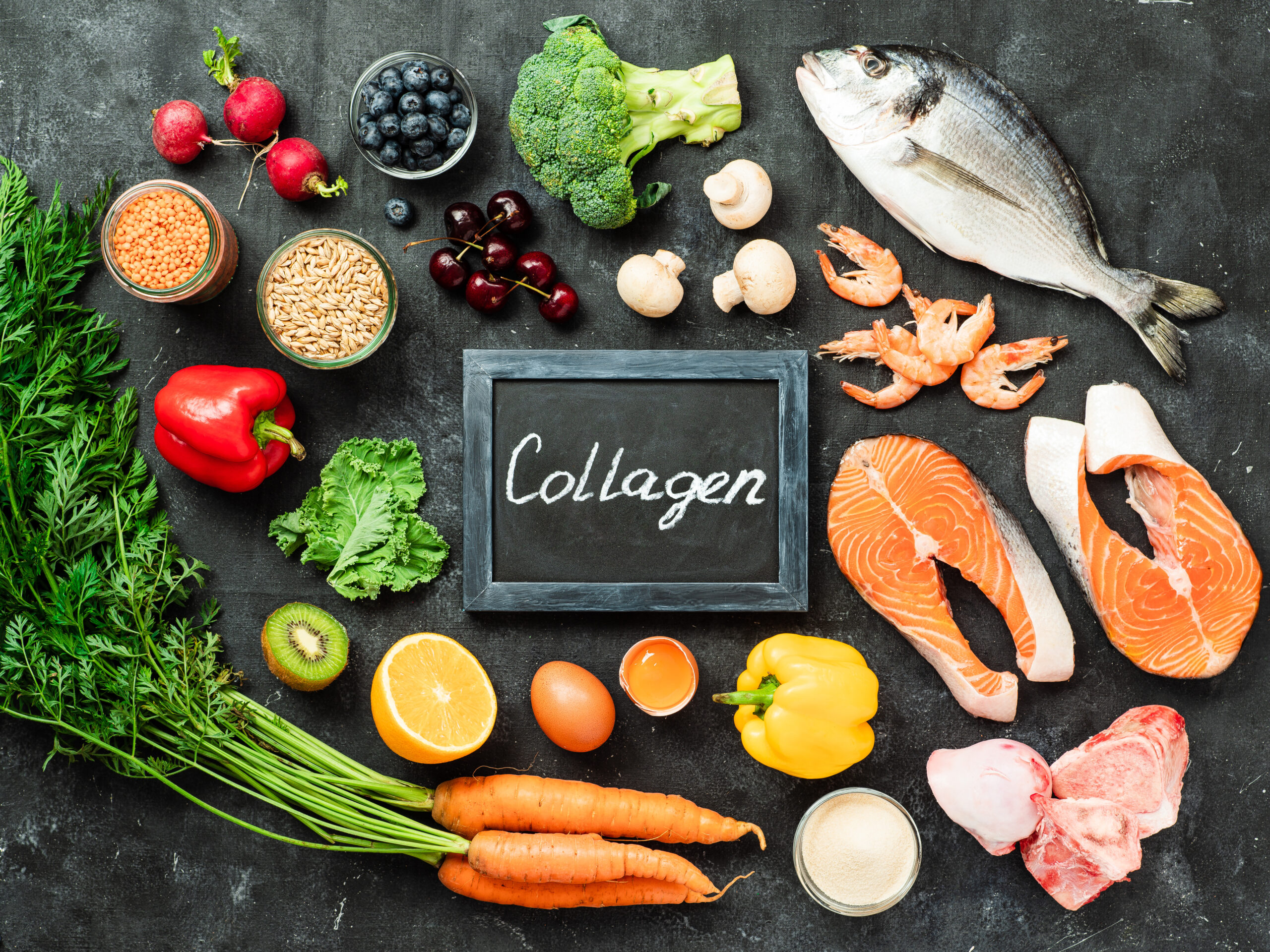
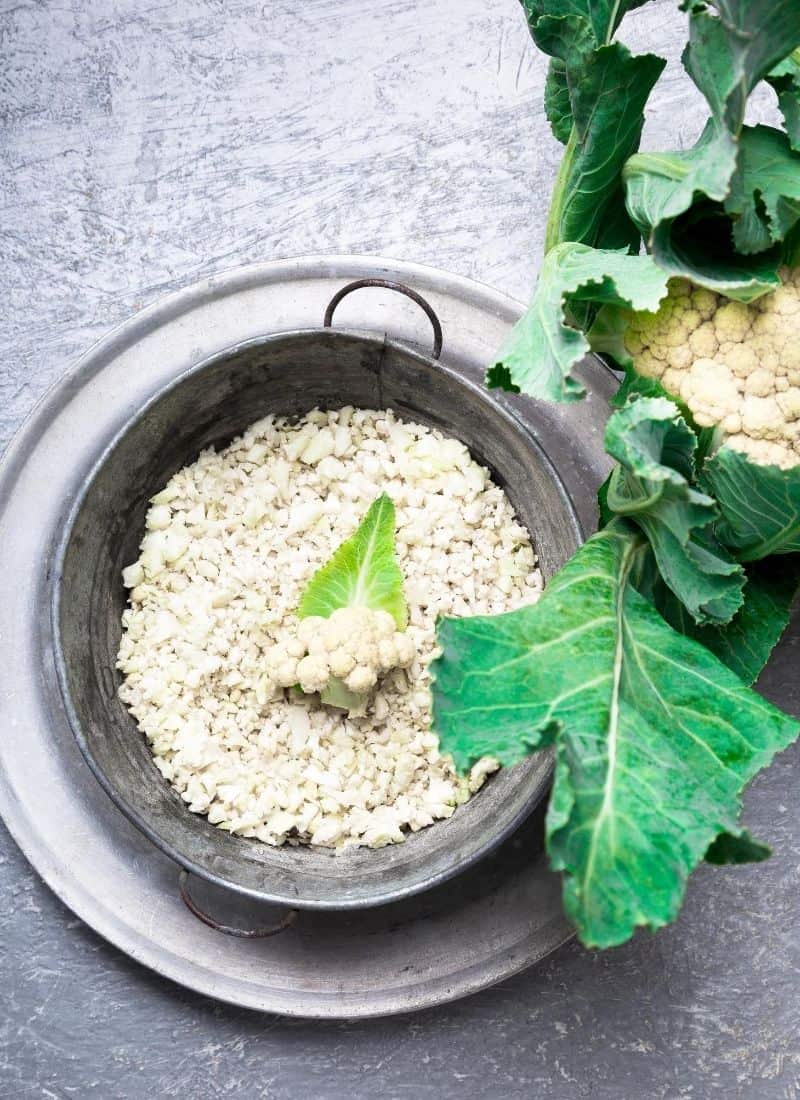
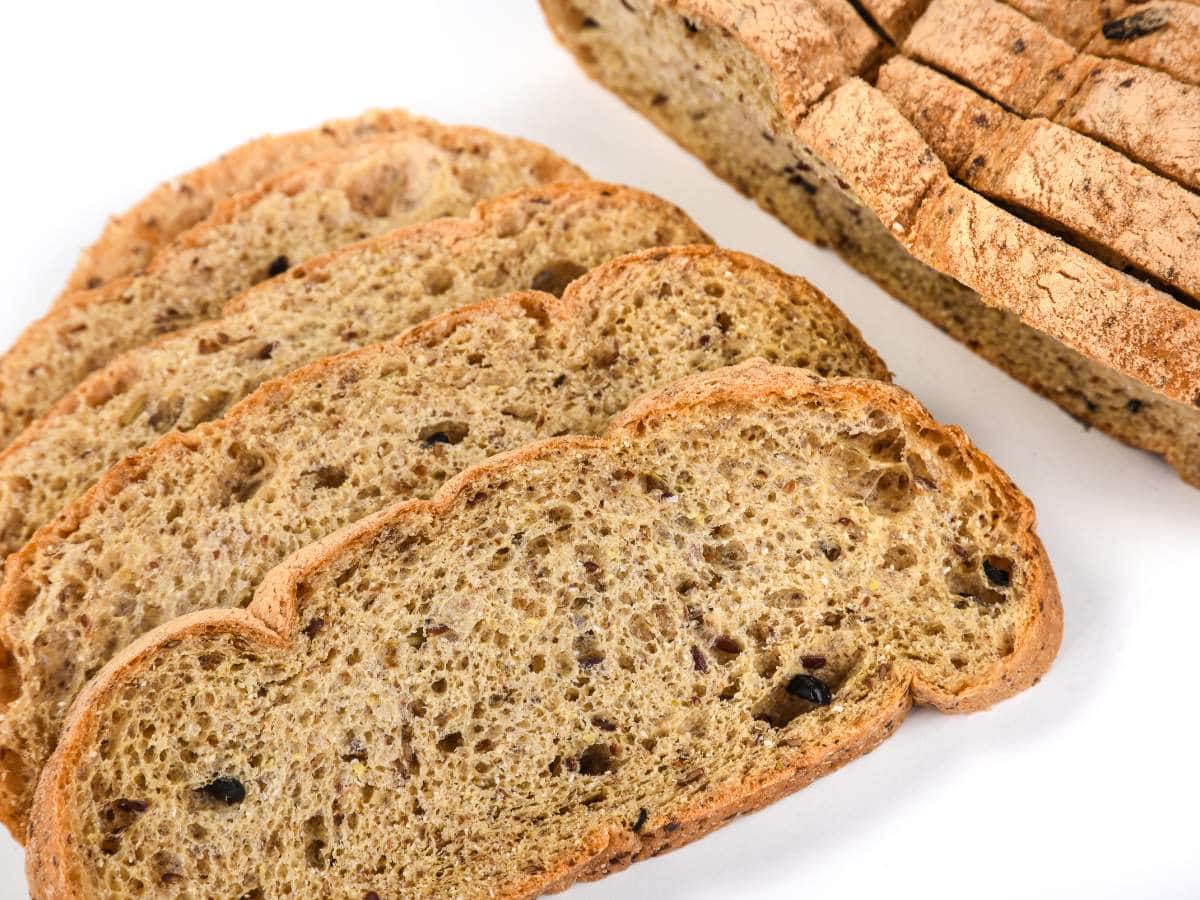

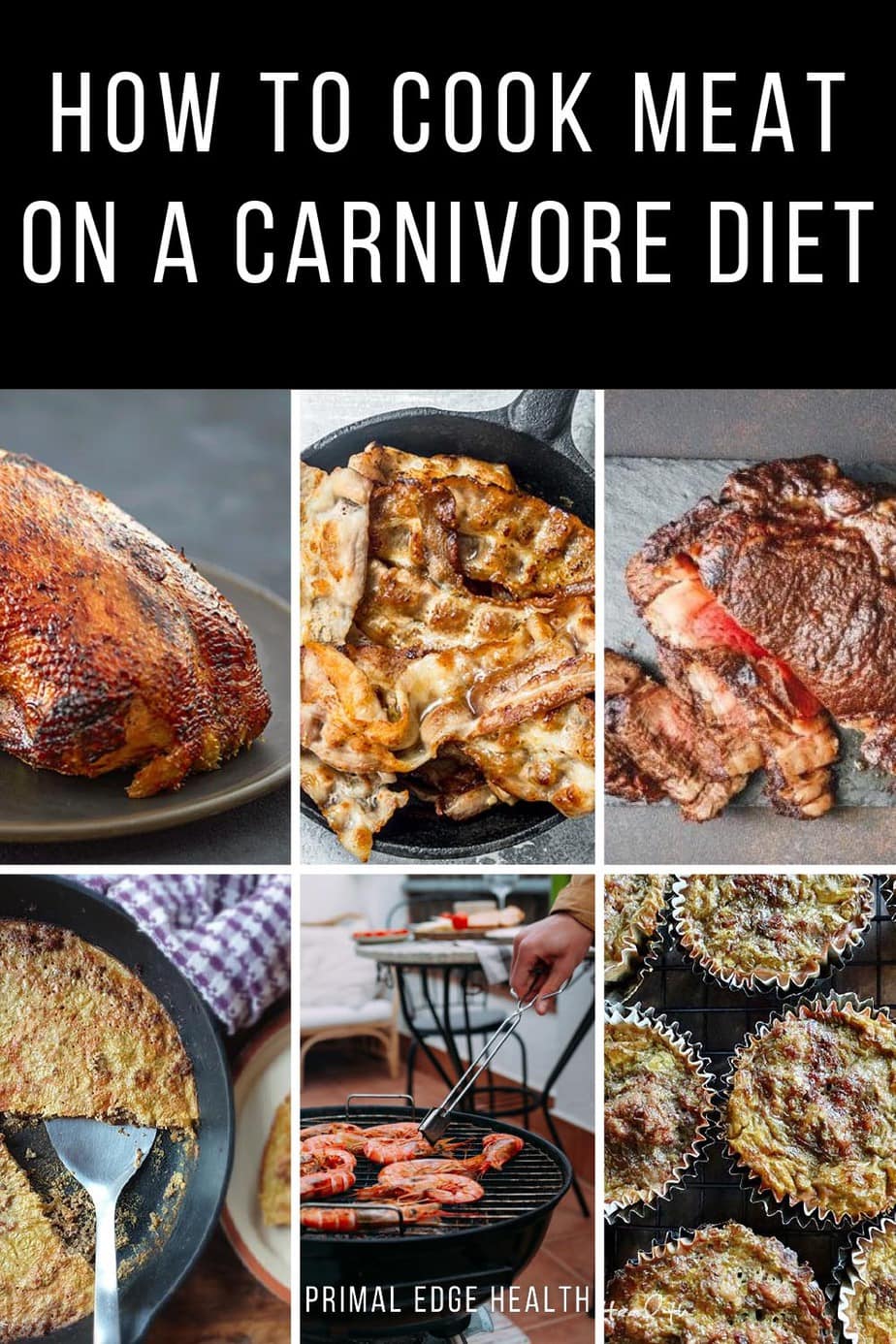

Our kid has been struggling with allergy symptoms and we recently decided to try an elimination diet to figure out the source. These tips are so helpful! We can still eat out together as a family and minimize stress.